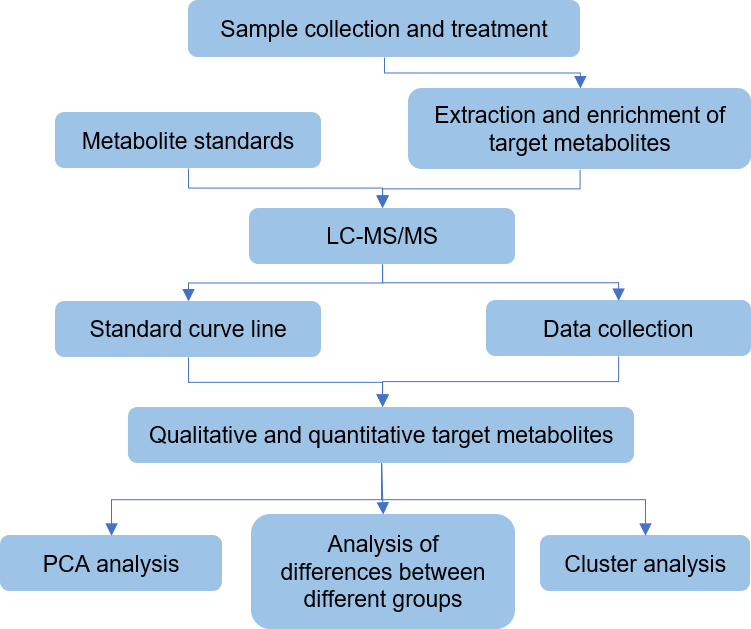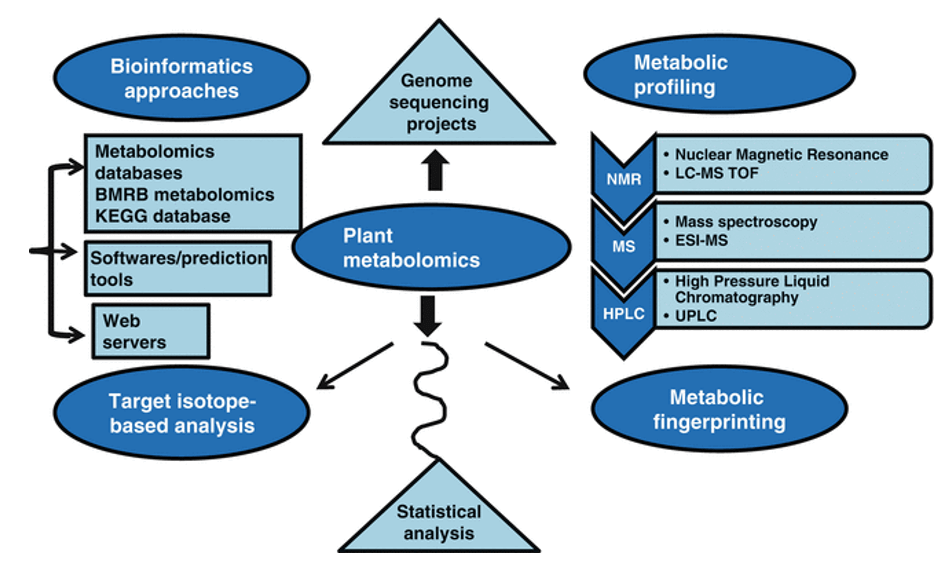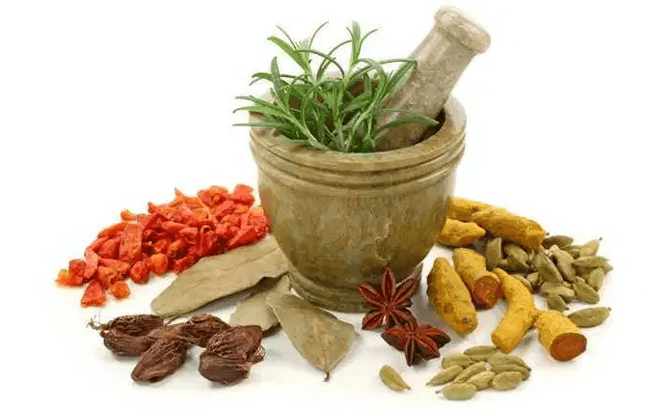Citronellol Analysis Service
Submit Your InquiryWhat is Citronellol in Plants?
Citronellol is a natural compound found in various plant species. It belongs to the class of acyclic monoterpene alcohols and is chemically represented as 3,7-dimethyl-6-octen-1-ol. It is most commonly known for its pleasant, floral scent reminiscent of roses. Citronellol is synthesized in plant tissues through the terpene biosynthetic pathway and is primarily found in the essential oils of certain plants.
 (+)-citronellol (L) and (-)-citronellol (R)
(+)-citronellol (L) and (-)-citronellol (R)
The molecular structure of citronellol
What is The Biological Activity of Citronellol?
Antimicrobial Activity: Citronellol exhibits potent antimicrobial activity against bacteria, fungi, and viruses, including common pathogens such as E. coli, S. aureus, and Candida albicans. This makes it a potential candidate for the development of new antimicrobial agents and disinfectants.
Anti-Inflammatory Properties: Citronellol demonstrates anti-inflammatory effects by inhibiting the production of inflammatory mediators and suppressing pro-inflammatory cytokines. These properties suggest its potential in treating inflammatory conditions like arthritis and dermatitis.
Antioxidant Effects: With strong antioxidant properties, citronellol helps neutralize harmful free radicals and reduce oxidative damage. This may contribute to the prevention and management of oxidative stress-related diseases.
Anti-Cancer Potential: Citronellol shows promising anti-cancer effects against various types of cancer cells, including breast, colon, lung, and prostate cancer. It acts through apoptosis induction, cell cycle arrest, and inhibition of angiogenesis.
Insecticidal and Repellent Properties: Citronellol is effective as a mosquito repellent and displays insecticidal activity against agricultural pests. It has potential as an eco-friendly alternative to synthetic insecticides.
Neuroprotective Effects: Citronellol exhibits neuroprotective effects by reducing neuroinflammation, oxidative stress, and promoting neuronal survival. It shows promise in the development of neuroprotective therapies.
Citronellol Analysis at Creative Proteomics
Liquid chromatography-mass spectrometry (LC-MS) combines the separation capabilities of liquid chromatography with the detection and identification capabilities of mass spectrometry to accurately characterize complex mixtures, such as plant extracts containing citronellol, providing valuable information about their chemical composition.
- Sample Preparation and Chromatographic Separation
To perform LC-MS analysis of citronellol, a plant extract containing the compound is first prepared. The extract is then chromatographically separated using a suitable stationary phase (e.g. C18 column). The choice of mobile phase and gradient conditions depends on the specific requirements of the analysis.
- Mass spectrometric detection
After chromatographic separation is complete, the eluted compounds (including citronellol) are introduced into the mass spectrometer. The mass spectrometer ionizes the compounds, generating ions, which are then separated according to their mass-to-charge ratio. The identity of the citronellol can be confirmed by comparing the mass spectrum obtained from the sample with a reference spectrum or database.

LC-MS analysis provides valuable information about the chemical characteristics of citronellol, enabling the identification and quantification of the various components present in the sample. In addition to citronellol, our LC-MS analysis can also reveal the presence of related compounds such as geraniol, nerolidol and linalool, which contribute to the overall aroma and properties of the extract.
Application of Citronellol Assay?
Quality Control in Fragrance and Flavor Industries: Citronellol is a valuable compound used in the fragrance and flavor industries. Analyzing its presence and concentration ensures quality control in fragrance formulations, ensuring that desired aroma profiles are achieved consistently. It also helps in determining the authenticity and purity of natural fragrance ingredients derived from plant sources.
Medicinal and Therapeutic Applications: Citronellol has shown potential therapeutic properties, including antimicrobial, anti-inflammatory, and antioxidant activities. Analyzing citronellol content in medicinal plant extracts can help researchers and pharmaceutical companies understand its role in herbal remedies and develop effective natural therapies. Accurate quantification of citronellol aids in dosage determination and standardization of herbal products.
Agricultural and Pest Management: Analyzing citronellol content in different plant species helps identify plants with higher concentrations of this compound, which can be utilized to develop natural pest control strategies. Monitoring citronellol levels in crops can assist in determining their resistance to insect pests and optimizing agricultural practices.
How to order
Order online
In the online consultation below or dial the consultation phone, we will arrange staff to contact you as soon as possible.
Mail order
Send detailed consultation information to the mailbox, we will arrange staff to reply to you as soon as possible, and contact you.
Creative Proteomics offers several approaches to plant metabolomics studies, delivers precise and detailed data and analysis report. We can also customize the methods or establish new methods together with our collaborators, so they are fit-for-purpose and meet your specific needs. If you have any questions or specific requirements, please feel free to contact us.








